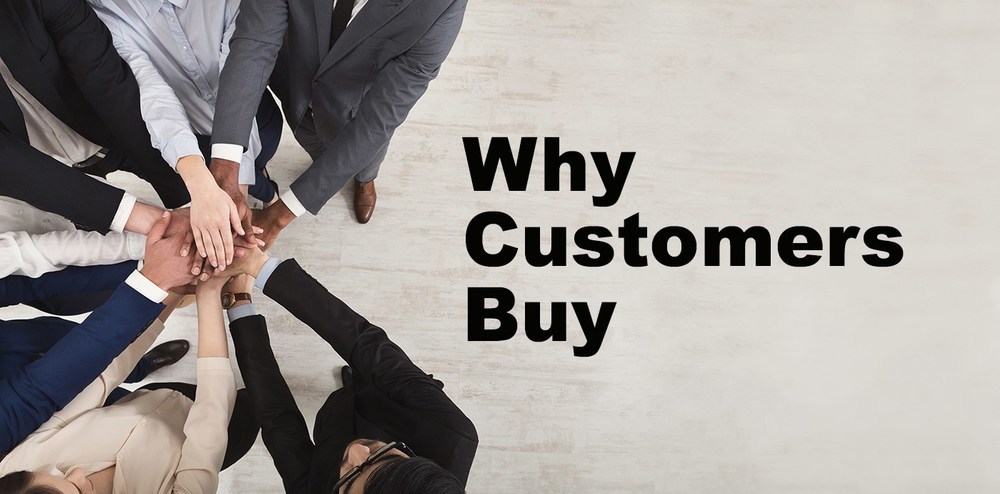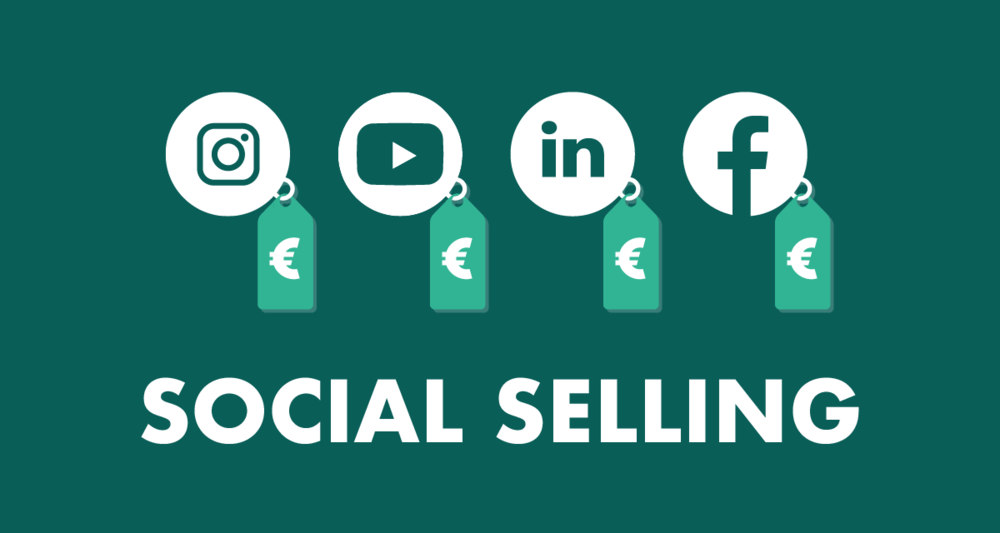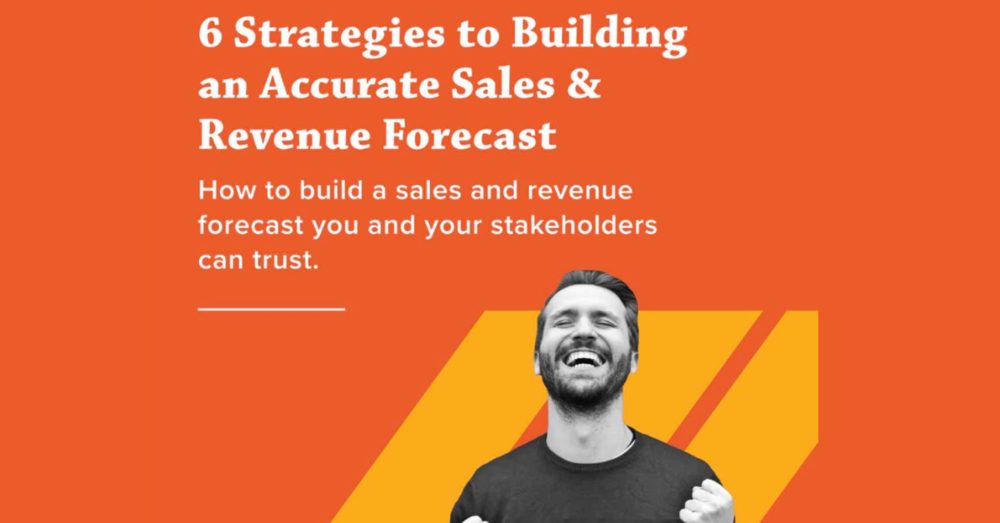Sixty-three percent of salespeople consistently behave in ways that hinder their performance.
They may be following the latest “Sell like me” fad book. Or they may be trying to mimic colleagues. But the study in this HBR article which looked at 800 salespeople’s behaviors and results show they are just guessing about how people buy and what they can do to influence them.
The exciting news is that we no longer need to guess our way to success. I spent years gleaning what decades of scientific research, some of which have been awarded Nobel Prizes, can prove about how our brains form decisions and applied it rigorously to the practice of professional selling. What I learned is that the brain goes through a predictable process when creating a buying decision, and this process is literally the building blocks of the sale.
What We Know
Contrary to most companies’ selling processes, buyers don’t march down a sales funnel: Recognition of need; Identification of alternatives; Assessment; Decision; Purchase; Evaluation.
Research shows that throughout the buying process, buyers move through six predictable mental steps. These steps are best understood as specific commitments that guide our brains through a progression of content and into the larger decision to purchase. It doesn’t matter if the purchase is small or large; it’s how we humans make decisions. We naturally move through these six commitments, but not necessarily in sequence. Perhaps most importantly, if each of these six commitments is not made, the buying decision breaks down, and the sale does not occur.
What are these commitments? I call them the Six Whys®. Here’s a look at each of these commitments that potential clients must commit to before they can say “yes” to the sale:
- Why change?
- Why should I change now?
- Why your solution category as opposed to the alternatives?
- Why you and your company?
- Why your product or service?
- Why spend the money?
These Six Whys® are the foundation of effective selling. Why? They are the map to the sale. When salespeople attend to them throughout the sales, they are able to guide potential clients through their decision-making process. This alignment between buying and selling boosts sales effectiveness and naturally increases the likelihood of the sale.
Effective Sales Actions
Here is a sample of actions salespeople can take to help buyers achieve these six commitments.
Why #1: Why Change?
Challenge the status quo by defining the problems at the root of the business symptoms the buyer struggles with. The salesperson adds value and builds trust by giving insights and asking deep dive, relevant questions that let the buyer think in new ways about their business problems. A Forrester survey reported that buyers feel 88% of salespeople don’t understand their problems enough to solve them. Helping buyers understand their problems puts you in the 12% that do understand. And it gives you the credibility to point out the pain, the elimination of which is the answer to the question, “Why change?”
Why #2: Why Change Now?
There is no doubt that the stronger your case for change, the easier it will be to get buyers to see why they should act now. Yet, I need to share with you a major obstacle to creating urgency in the sale that many salespeople are unaware of. It’s called reactance, which is our natural resistance to being pushed to act. Reactance is something we can all relate to. For instance, when you walk past a sign that says, “Don’t Touch, Wet Paint,” what do you want to do? If you’re like most people I’ve shared that question with, you want to touch the wet paint. Reactance is what a sign that tells you not to do something, prompts you to desire to do it.
What you just experienced is psychological reactance. These are the same feelings that get triggered when buyers feel that a salesperson is pushing them to act. So what can we do to reduce reactance selling? Sharing statements such as, “It’s up to you” or “It’s your choice” at the end of a strong request have been shown to reduce the feelings of reactance.
Why #3: Why Your Category?
Be aware of the alternatives being considered: Do buyers need to embrace your industry solution, or can they create a solution themselves? Remember, a competitor is anything or anyone who can steal a potential client’s business. I call this Why a silent sales assassin because it is often ignored in the sale until it’s too late. As a result, make sure you clearly demonstrate the advantages of your approach and the risks associated with the alternatives.
Why #4: Why Choose You?
Build trust. Demonstrate expertise. Communicate confidence. With trust, a buying decision feels safe. Without trust, it feels hazardous. Trust inspires honest and open communication. Trust inspires buyers to listen to your ideas.
One important thing to remember that the research bears out is that our brains link the credibility of the person representing a company with the company itself. In other words, the more trust a salesperson generates, the more trust buyers will put in the company that the salesperson represents.
Why #5: Why Your Product?
Why should buyers choose your product or service as opposed to other options? The data show one of the best ways to clearly communicate high levels of value and differentiate your product or service from competitors is to link the value of your offering to what buyers care about. In other words, the more you can clearly show how your product or service can help solve buyers’ problems and help them in meaningful ways, the more value they will assign to it.
I have many clients who are in a marketplace where there is a tremendous amount of product or service parody, yet they dominate. How? They focus on answering this Why by clearly connecting the dots between their products or services and what they’ve identified matters most to buyers.
Why #6: Why Spend the Money?
This is the home of ROI analysis. But research shows there are two ways to answer this Why. On the one hand, you can calculate the positive gain. On the other, you can enumerate the losses the customer will avoid. Daniel Kahneman won the 2002 Nobel Prize in Economics for showing (among other behavioral influences) that people place a far greater weight on avoiding losses than on potential gains. Sales activities that demonstrate both gains and losses avoided are aligned with how people buy, and thus are much more effective.
Sell the Way People Buy
In order to be part of the thirty-seven percent of salespeople who don’t hinder their own success, sell the way people buy:
- Challenge the status quo by defining the problems at the root of the business symptoms the buyer struggles with
- Create urgency but avoid reactance
- Build trust and demonstrate competency
- Find out what your customer cares about, then communicate your differential offering on this dimension
- Demonstrate both the gains from investing in your product and the losses avoided
No longer must we guess our way to success because now we have science-backed models, like the Six Whys®, that can help us navigate complex selling situations in ways that help us better serve and naturally increase sales outcomes.
***
For more details on the Six Whys, see the book “The Science of Selling: Proven Strategies to Make Your Pitch, Influence Decisions, and Close the Deal” by David Hoffeld.



